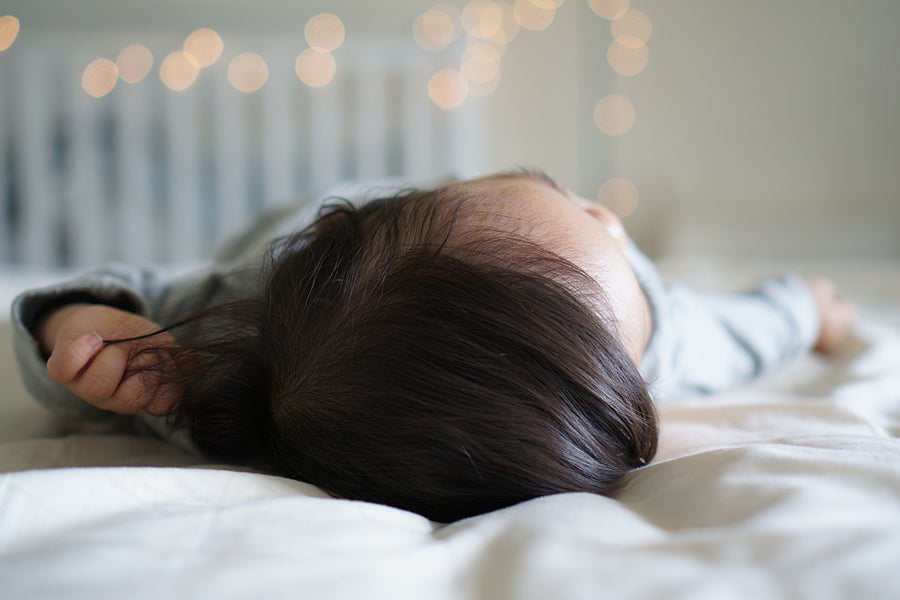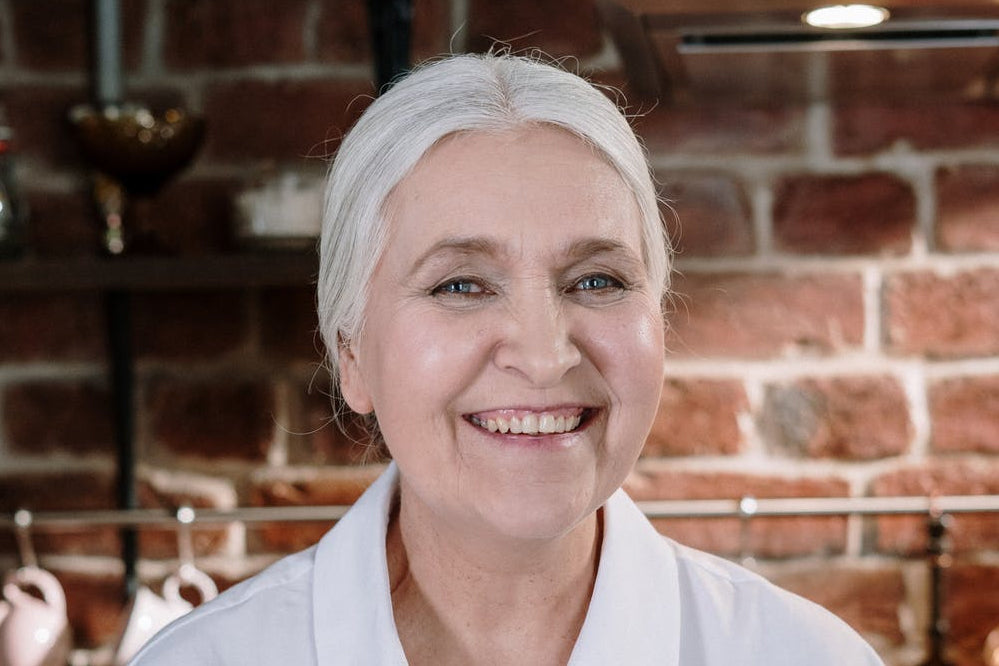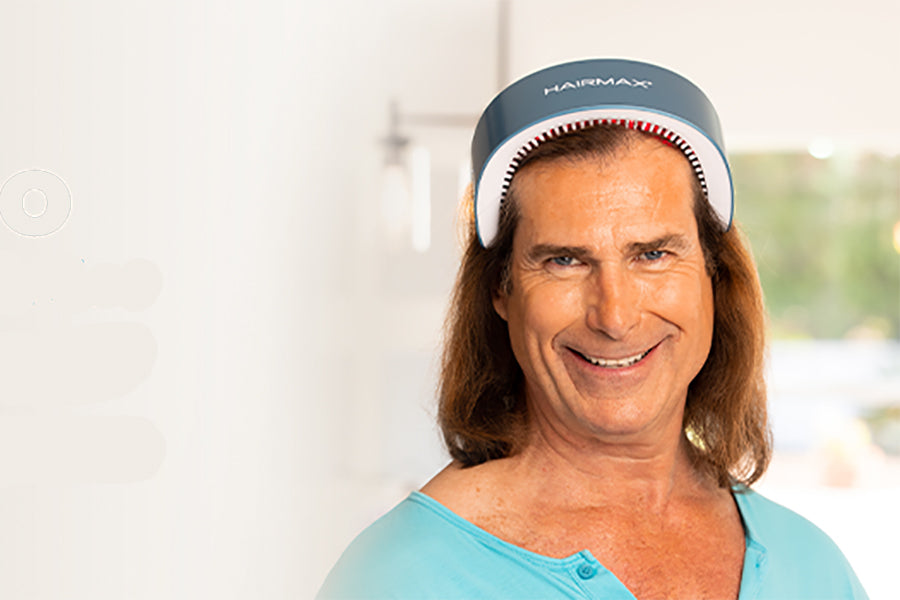There has been a story shared recently in the press featuring a premature baby that became an internet hit after photos were shared of his luscious locks. His family were amazed at the amount of hair he had for a baby who had only just been born.
The baby has a rare condition called hyperinsulinism that effects one in 50,000 newborn babies, and has to take a medicine called Diazoxide to keep his sugar levels regular. One of the side effects of Diazoxide is hair growth. With a full head of hair, the question for people with hair loss is, can this side effect from the drug be turned into a solution for hair loss?
There have been tests with Diazoxide but the drug is primary used to manage symptoms of hypoglycemia (low blood sugar) that is caused by pancreas cancer, surgery, or other conditions. Diazoxide works by preventing release of insulin from the pancreas. Despite tests going back some time on Diazoxide, genetic hair loss has only 2 FDA-Approved drug treatments, Minoxidil and Finasteride. Finasteride can only be taken by men as the potential side effects of Minoxidil can be off putting for women. When deciding on which hair loss treatment is right for you, one of the main considerations is always what side effects might there be.
Minoxidil does have some common side effects. These include dizziness, drowsiness and temporary swelling. Other less common side effects include nausea, breast pain/tenderness and changes in the colour, length or thickness of body or facial hair. This last side effect is the most potentially worrying side effect for women, which is why Minoxidil is normally recommended in lower doses for women. At this lower dose, the effectiveness of the Minoxidil is going to be lower than the doses usually recommended to men. Allergic reactions to the Minoxidil will lead to hives, difficulty breathing and swelling of the face.
Finasteride, is a prescription only medication for men, which again can lead to some quite harmful side effects in a small percentage of users. Finasteride is the most effective hair loss treatment available but the common side effects of the drug are impotence, a low libido/sex drive, decrease in semen production and ejaculation problems. For men already suffering from hair loss, these sexual side effects have a devastating effect on their mental health. A less common side effect is sore, swollen or tender breasts.
After these 2 drug treatments, the most widely accepted hair loss treatment is Low Level Laser Therapy (LLLT). HairMax are the pioneers of the home use LLLT device with the first ever FDA-clearance achieved in 2007. HairMax are still the market leaders with over 1.9 million devices sold since 2007 in over 170 countries. One major advantage of using a HairMax laser device to treat your hair loss, is that there have been no reported harmful side effects from using the treatment.
Another major advantage to the HairMax treatment, is that is only requires a one of purchase of the device. Medication treatments have ongoing costs to them and will prove to be far more expensive than a HairMax device in the long term.
When deciding the best treatment for your hair loss, be sure to consider and understand all of the potential side effects, you may face from your treatment of choice.
www.hairmax.co.uk
☎️ 01625 533588 our friendly customer service team
#hairmax #hairscience #malehairloss #femalehairloss #hairgrowth #hairlosstreatment




Share:
Ways To Prevent Hair Loss Before It Starts
Model & Actor Fabio - The New Global HairMax Spokesperson